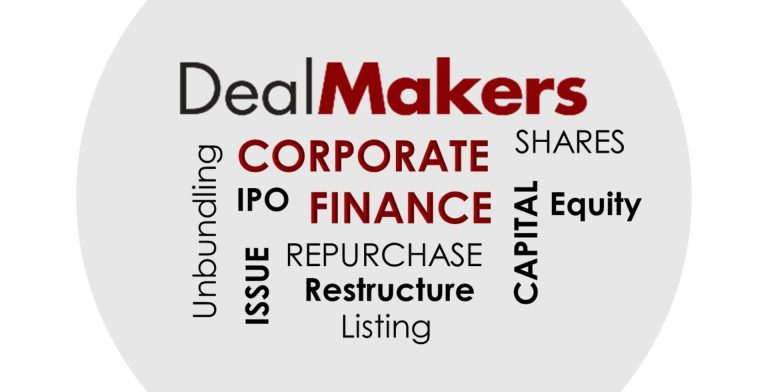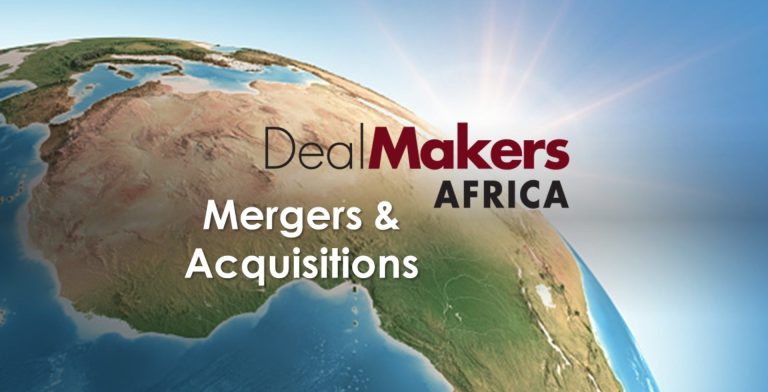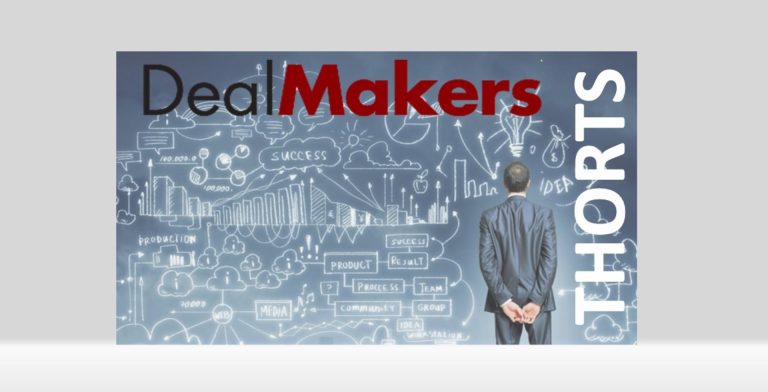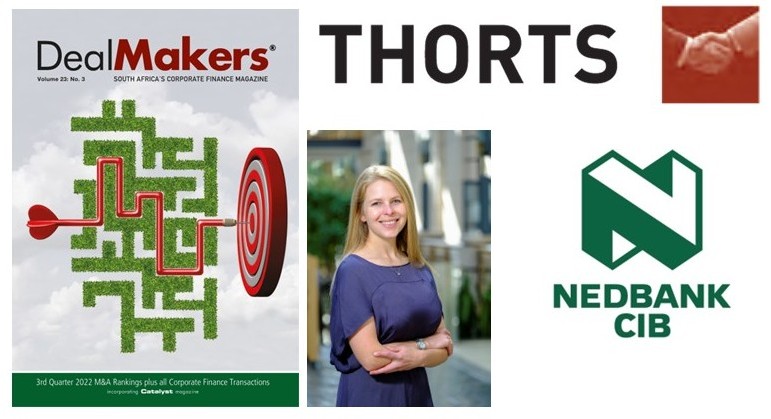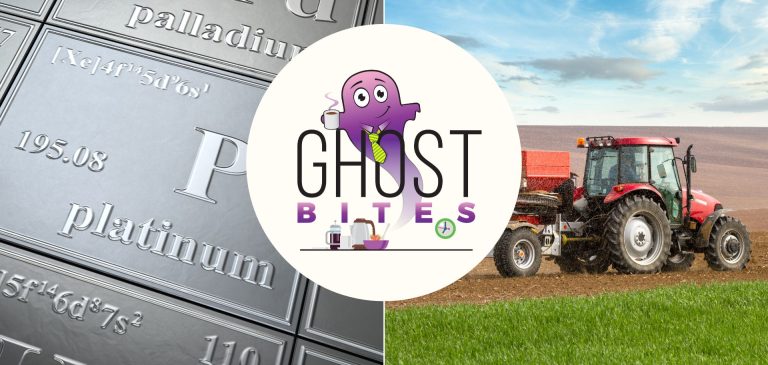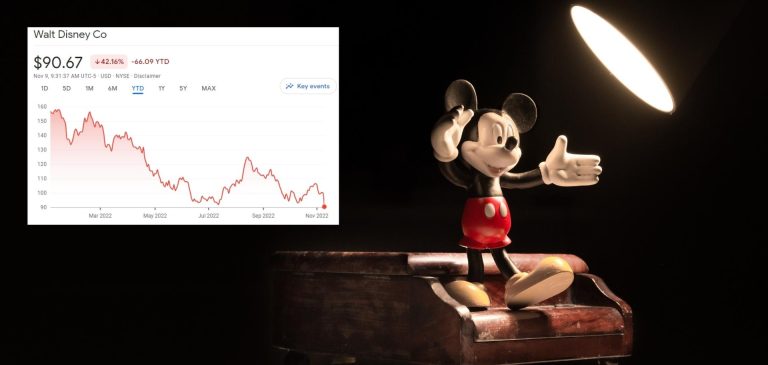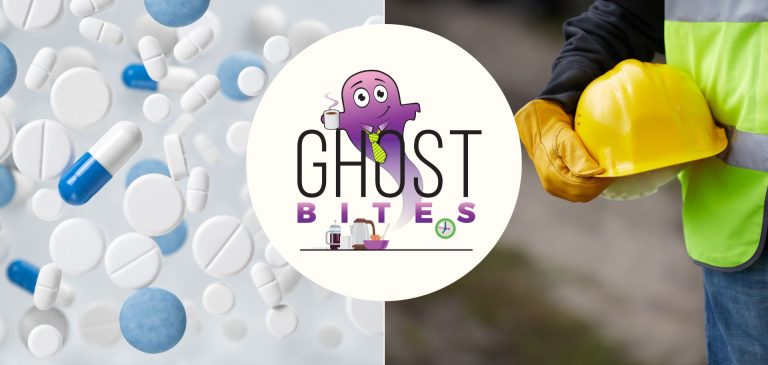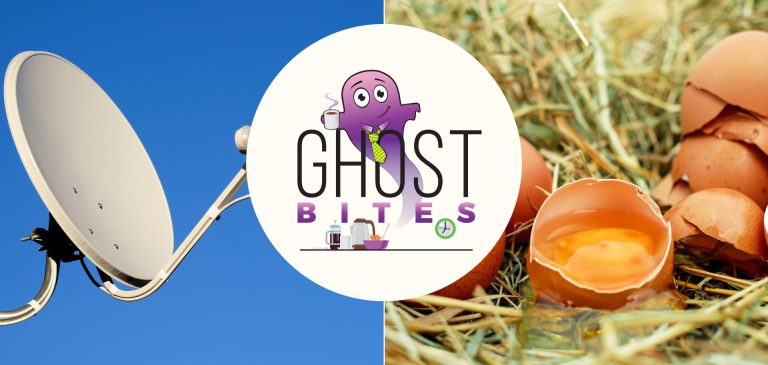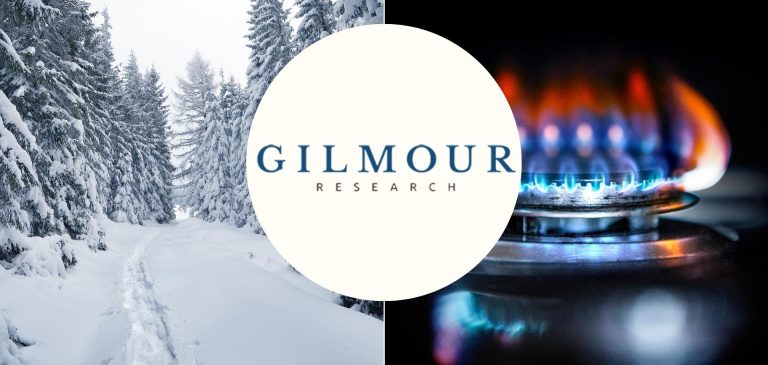If you enjoy Ghost Bites, then make sure you’re on the mailing list for a daily dose of market insights in Ghost Mail. It’s free! SIGN UP >>>
Grand Parade Investments gets a mandatory offer
Don’t get too excited – the price is in line with the current traded price
A mandatory offer is triggered when a shareholder moves above the 35% threshold. In such a case, an offer must be made to all other shareholders and the offeror needs to be in a financial position to make such an offer.
GMB Liquidity Corporation has moved to a 35.14% stake in Grand Parade Investments and has thus triggered a mandatory offer at a price of R3.33 per share. The rule is that a mandatory offer must be made at the higher price paid for a share in the six months before the commencement of the offer period.
The offeror doesn’t intend to apply for a delisting of the company.
Grand Parade had previously alerted the market to the potential sale of shares in the company or its underlying assets as part of a value unlock strategy. The announcement makes it clear that the GMB offer is independent of that process.
In fact, GMB is building up its stake because of that process and what it believes can be achieved. Weirdly, the cautionary announcements by Grand Parade (which supposedly have nothing to do with GMB) have now been withdrawn. It may be the case that whoever was negotiating with Grand Parade has now walked away because of GMB.
In case you’re wondering who GMB is, the sole director is Gregory Bortz who has also invested in horse racing in the Western Cape. He is the chairperson of Kenilworth Racing.
His latest horse to back is clearly Grand Parade. With an offer price in line with the current market price, the only acceptances will likely come from holders of large blocks of shares who are looking for a liquidity event that is otherwise difficult to achieve on the market in an illiquid stock.
Lesaka Technologies reports results at the upper end of guidance
The Connect acquisition is outperforming expectations but there’s plenty of debt
Lesaka Technologies (which used to be called Net1) has released results for the first quarter of 2023. The year-on-year numbers are pretty meaningless as this result includes the Connect acquisition and the base period doesn’t.
Despite revenue of R2.1 billion and adjusted EBITDA of R111 million, the group is still making an operating loss of R80 million.
Through cost optimisation initiatives and modest revenue growth, the Consumer segment reported a smaller adjusted loss of R24 million vs. a loss of R137 million in the comparable quarter. The group hopes to achieve break-even in the Consumer business in the next quarter.
The problem is the level of debt, with a net interest charge of R62 million in this quarter because of the borrowings to fund the Connect acquisition. The group has cash on the balance sheet of around R540 million of which $9.2 million is held in dollars.
Northam finally swoops in with a higher offer
An offer has been made to acquire the remaining shares in Royal Bafokeng Platinum
Just one day after the M&A drama in the gold sector was put behind us, the PGM sector burst into life.
After a protracted process at the Competition Tribunal in an effort to block Impala Platinum from taking control of Royal Bafokeng Platinum, Northam Platinum has finally made an offer to all remaining shareholders.
A considerably higher offer than Impala’s offer, I might add.
Those who have followed the Royal Bafokeng story will know that Northam recently acquired a 34.52% stake in the company from Royal Bafokeng Holdings (and a few other shareholders) at a price of R180.50 per share. There’s also an option structure that gives Northam the opportunity to acquire more shares that would take the stake to 37.80%.
Under the original deal, Royal Bafokeng Holdings acquired an 8.67% stake in Northam as payment for the shares. This aligned the parties going forward.
Northam has now made an offer to all other shareholders for R172.70 per share. This is the price paid to Royal Bafokeng Holdings, less dividends paid by Royal Bafokeng Platinum since that date.
The Impala Platinum offer is R90 per share plus 0.3 shares in Impala. Based on the current Impala share price, that’s an offer of around R150.40 per share. As you can see, the Northam offer is a lot higher than that – almost 15% higher in fact!
The minimum cash component of the Northam offer is R54.40, with the rest settled in Northam shares. If acceptance rates for the offer are low, then the full amount will be paid in cash.
In a clever bit of corporate finance, Northam points out that if Impala Platinum doesn’t accept the offer, then the cash consideration will be at least R152.42 for other shareholders and the remainder will be settled in shares. This would take the cash component above what Impala Platinum is offering in total.
If Impala does want to step away from the asset and make a profit on its stake by accepting the Northam offer, it would end up being a relatively small cash component with a huge chunk of Northam shares to settle the purchase price. This would leave Impala as a significant shareholder in a company where I don’t think the two CEOs are golf buddies.
Time for a bidding war?
As is the norm in these situations, the Northam share price fell sharply (-6%) and Royal Bafokeng Platinum rallied more than 10% to R167.
If previous deals are anything to go by, the likeliest winner in this process is Northam’s corporate advisor. The advisory fees are usually quite extraordinary.
Novus nosedives 12.7% on release of a trading statement
The group has been squeezed by pulp and paper shortages
Let’s just get the ugliness of the Novus numbers out of the way: headline earnings per share (HEPS) is expected to drop by between 82.4% and 97.4% in the six months ended September. That’s a rather spectacular collapse in profitability. On the plus side, as least there are still profits.
Global pulp and paper shortages with high price increases and logistical challenges have had a massive negative impact on the Novus business. Despite making the decision to increase the stockholding to mitigate some of the risks, it just wasn’t enough of a buffer against market conditions.
To add to the pain, there were once-off costs in this period like the transaction costs for the acquisition of a 75% stake in Pearson South Africa.
Detailed results will be released on 18 November for your reading pleasure. Or pain.
TWK delivers solid results
I’m looking forward to unlocking this stock
TWK Investments is listed on the Cape Town Stock Exchange, so if you only follow JSE news then you wouldn’t have seen these numbers.
For the year ended August 2022, revenue was up by 17.8% and EBITDA jumped by more than 27.5%. As always, when the growth rate in EBITDA is higher than in revenue, you know there’s been margin expansion.
It gets better the further down you go, with HEPS up by 45% to 863 cents. The net asset value per share is up nearly 13.4% to R52.55.
The largest segment is Retail and Mechanisation, in which revenue increased by 27.8% thanks to high fertiliser prices that more than offset sales volume pressure. EBITDA margin increased nicely from 3.83% to 4.54%.
The next largest is Timber, which achieved revenue growth of nearly 16.7%. EBITDA margin increased from 14.67% to 14.93%, so you can see how wildly the operating margins can vary in each segment. This is the benefit of having a diversified portfolio, as some business models simply carry structurally higher margins than others.
If you’re reading this before 12pm on Thursday 10 November, you still have time to register for the Unlock the Stock presentation at this link. The TWK management team will be taking your questions. If you miss it, look out for the recording in Ghost Mail.
Little Bites:
- Director dealings:
- Another day, another major purchase of Lighthouse Properties shares by Des de Beer – this time for a whopping R31.4 million!
- A director of a major subsidiary of African Rainbow Minerals has sold shares in the company worth nearly R2.3 million.
- A director of a major subsidiary of Santova has sold shares worth R610k.
- The CFO of Spear REIT has bought shares in the fund worth R77k.
- Europa Metals released further drilling results from the Toral asset in Spain. The company is very excited about the 5.25m@23.24% ZnEq(PbAg) that it found. No, that doesn’t mean anything to me either. The bit I did understand was the CEO’s comments that this is the “highest grade intersection that the company has drilled to date at Toral” – clearly good news.
- Universal Partners released financial statements for the quarter ended September. This Mauritian-listed company holds an interesting portfolio of businesses in Europe and the UK. The dental business in the UK is being sold and competition approval is outstanding. The rest of the portfolio ranges from debt collection through to water efficient toilets (no, really). The net asset value per share is just under R30 at current exchange rates and the share price is R20.99.
- Having lost more than half its value this year, Ellies has renewed the cautionary announcement that was issued in September. The company is in negotiations to pursue acquisitions in sectors like solar, uninterrupted power supply and renewable energy. This is key to the corporate plan to diversify.
- As expected, Renergen’s trading halt on the ASX has been lifted.
- The Rebosis business rescue plan is expected to be released on 1 December after creditors approved another extension.


